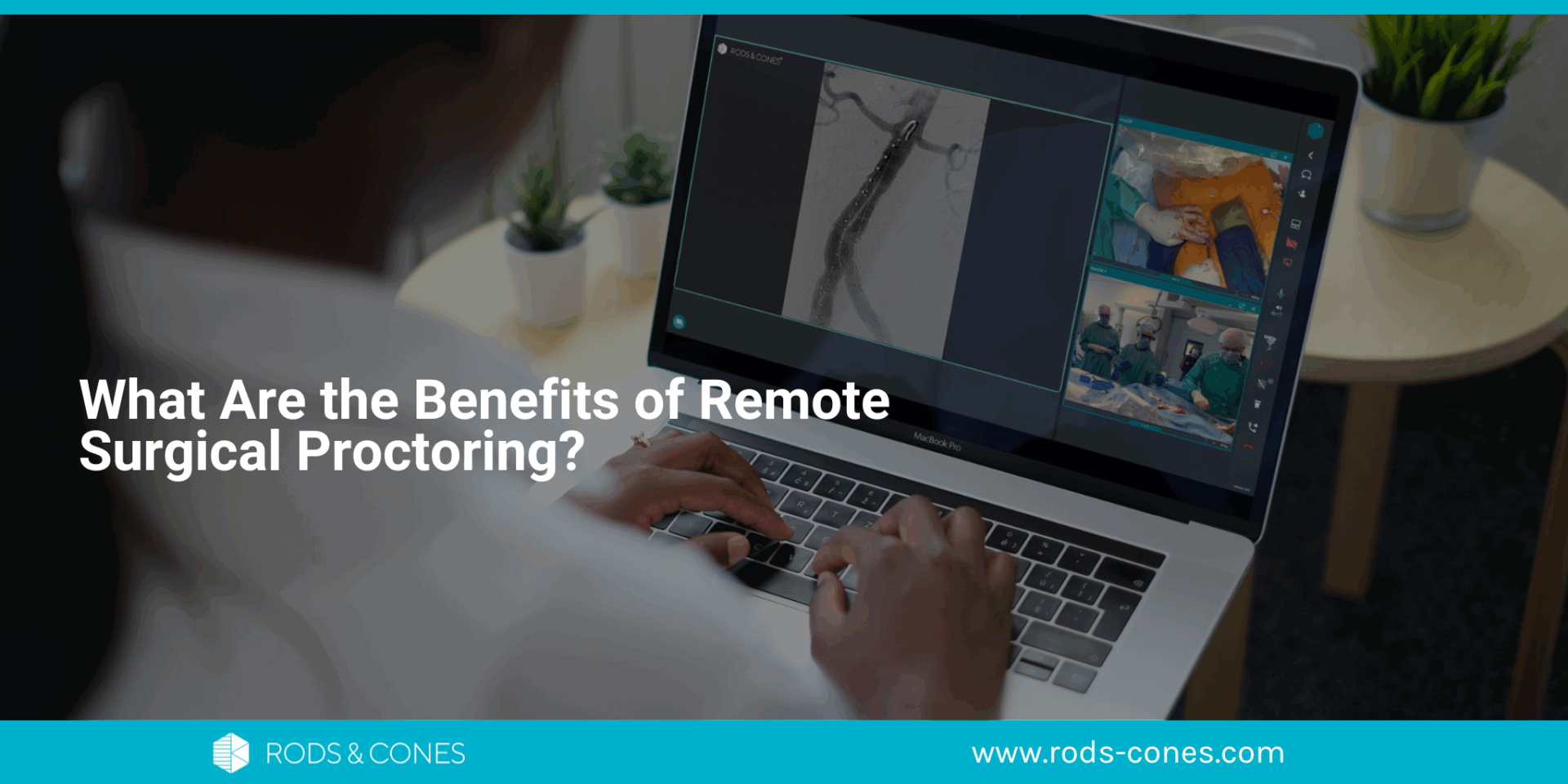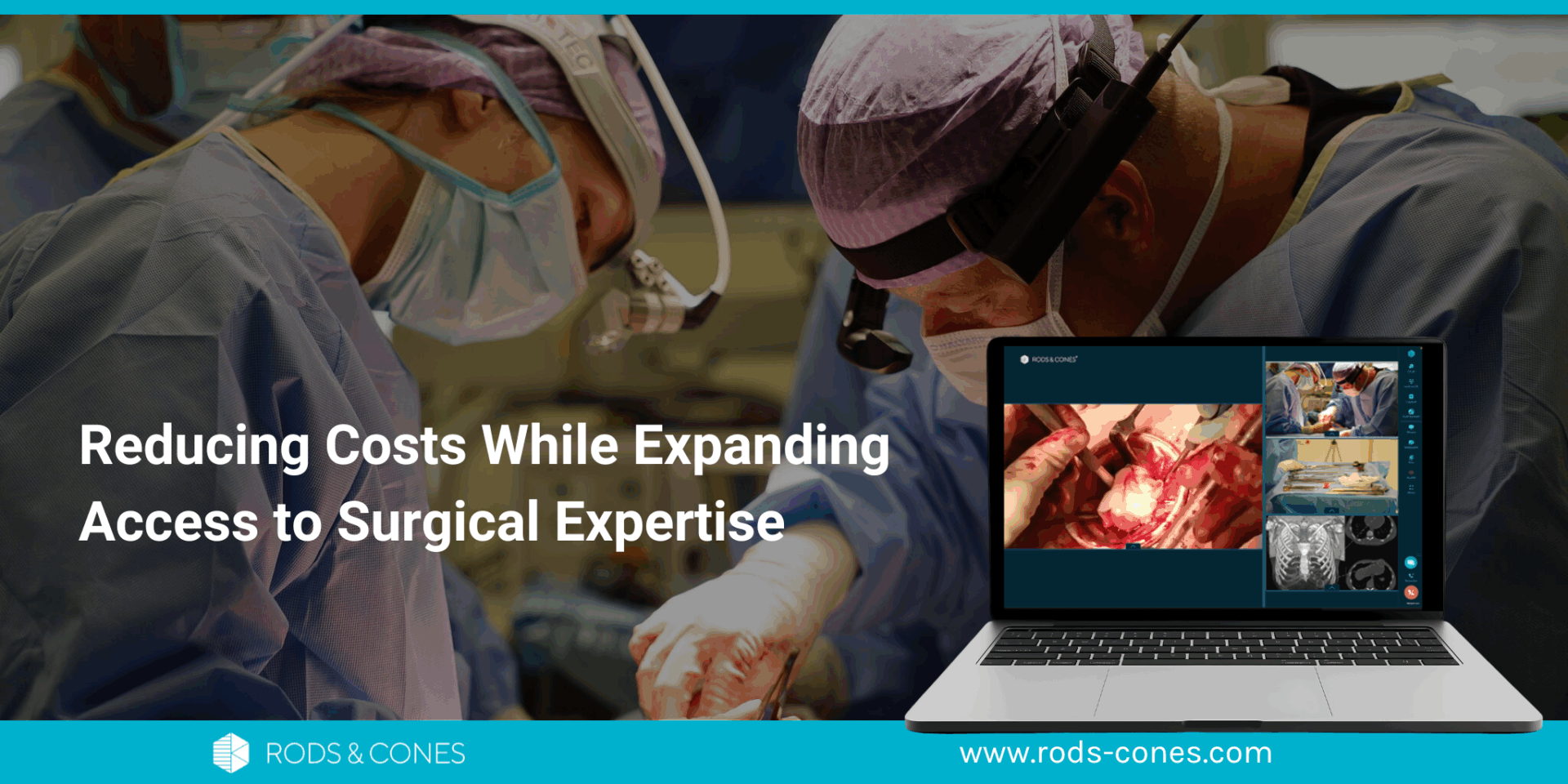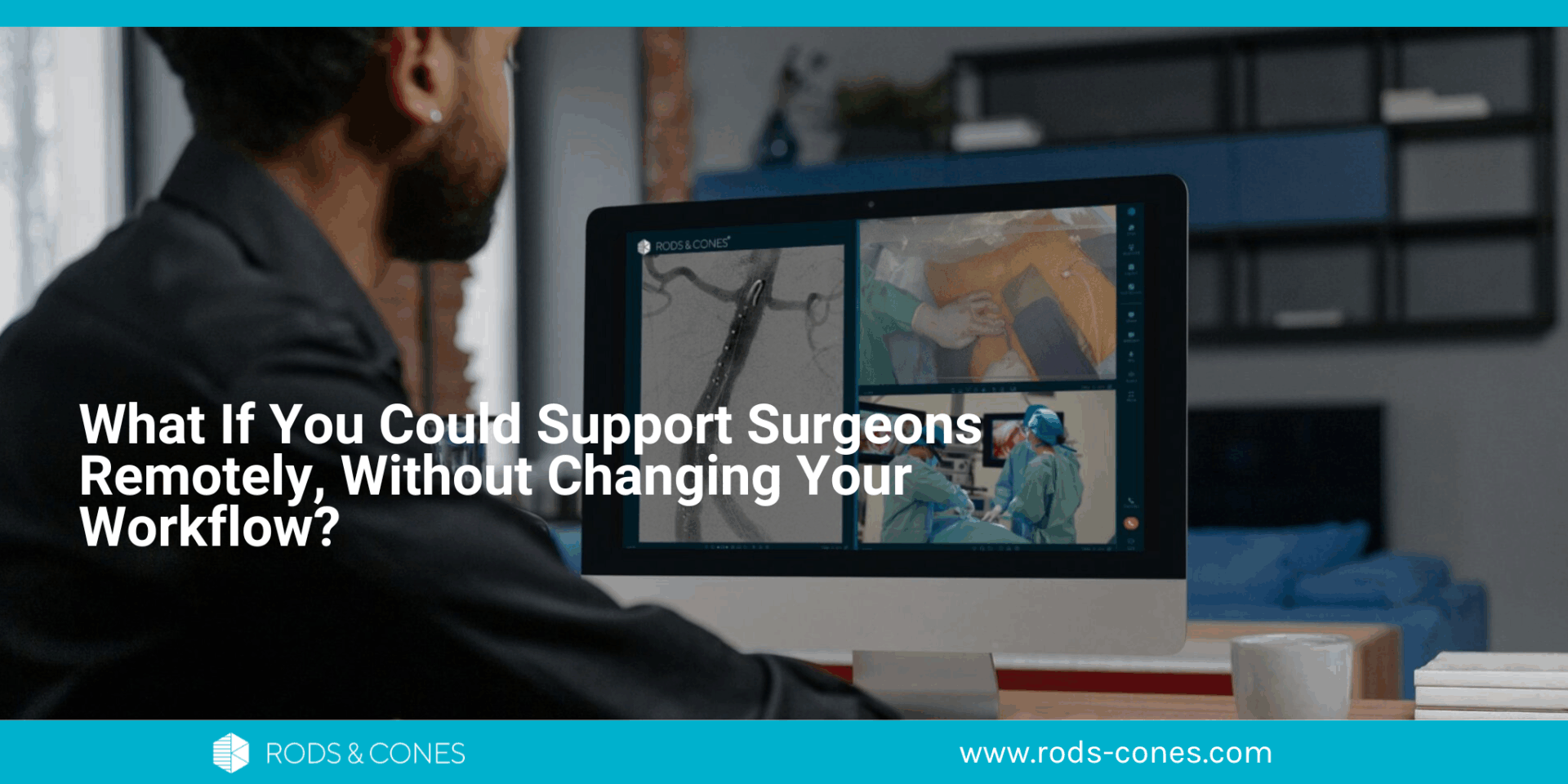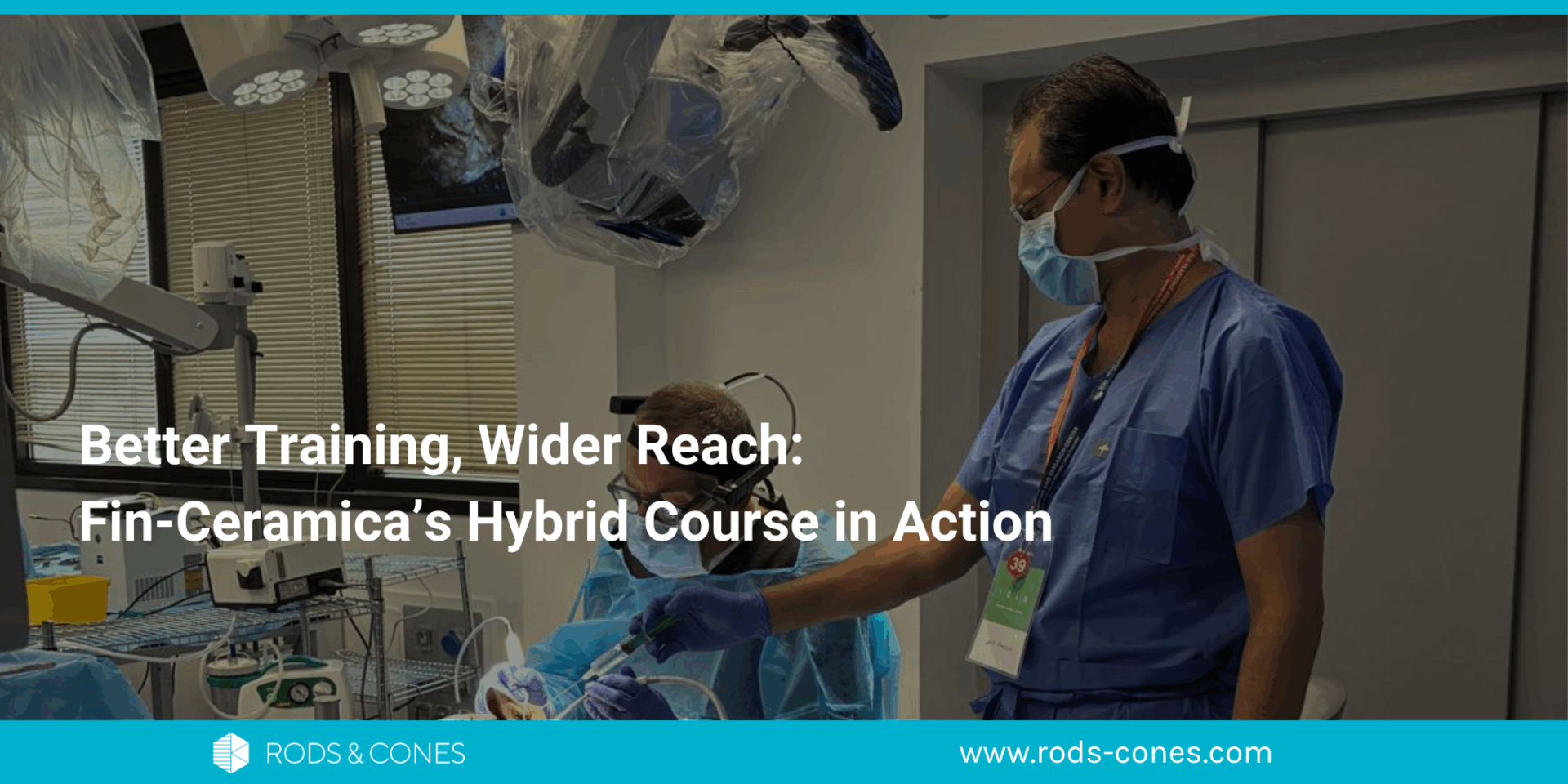As surgical procedures become more advanced and specialized, the demand for expert guidance during operations continues to grow. But with limited time, resources, and increasingly stretched clinical teams, one question keeps coming up:
How can proctors support surgeons effectively without always being in the operating room?
For many healthcare professionals, the answer is remote surgical proctoring, a flexible and proven approach that’s reshaping how surgical support and training are delivered in practice.
What Is Remote Surgical Proctoring?
Remote surgical proctoring allows an experienced surgeon or clinical expert to observe and guide a procedure in real time, without being physically present in the OR. Through a secure and connected setup, they can follow the surgery live, hear the interaction in the room, and provide input exactly when it’s needed.
This approach is especially valuable for:
Assisting with first-time procedures or new techniques
Supporting surgical training and onboarding
Overseeing certification cases
Guiding teams in remote or resource-limited locations
It enables faster and more accessible support while maintaining quality and surgical precision.
What Are the Key Benefits of Remote Proctoring?
1-Access to Expertise, Wherever It’s Needed
Remote proctoring makes it possible to support surgical teams in any location, without delay. Whether a surgeon is operating in a major hospital or a smaller center, they can receive expert guidance when it matters most.
2-Faster Training and Mentorship
Instead of waiting for travel, coordinating schedules, or flying in specialists, remote proctoring allows mentors to support more sessions, more often. It accelerates onboarding and improves learning through real-time feedback.
A 2025 study published in Swiss Knife describes how vascular surgeons used live-streamed procedures and remote interaction to enhance surgical education. The authors highlighted that this method significantly improved interactivity and knowledge transfer between institutions, offering residents and nurses a more immersive learning experience.
3-Significant Cost Savings
Reducing the need for travel, hotels, and out-of-theatre time means real cost savings for hospitals and medtech companies. Remote support also allows proctors and specialists to be available more frequently, without extra overhead.
4-Lower Environmental Impact
Remote collaboration also reduces travel-related emissions. Organizations that shift toward digital surgical support are already seeing measurable reductions in their carbon footprint.
5-Flexibility and Scalability
Whether assisting one case or joining multiple procedures in a day, remote proctoring allows experts to scale their time and impact, without the physical limitations of being on site.
A Real-World Example
One European medtech company used Rods&Cones to expand their proctoring capabilities across eight Centers of Excellence. By shifting 50% of their sessions to a remote model, they achieved:
50% more mentees trained
60% less travel required for proctors
Over €500,000 in annual savings
26 tons less CO₂ emitted in a year
This change allowed them to train more surgeons, more often while reducing costs and improving operational flexibility.
Is Remote Proctoring Here to Stay?
Absolutely. Remote surgical proctoring is not a short-term fix, it’s a long-term solution for making expertise accessible, efficient, and scalable.
As highlighted in this article, remote interaction not only improves education and collaboration, but also allows healthcare professionals to build lasting networks across institutions.
Learn More
Rods&Cones enables live surgical collaboration between on-site teams and off-site experts, whether it’s for mentoring, device support, or remote case observation.




